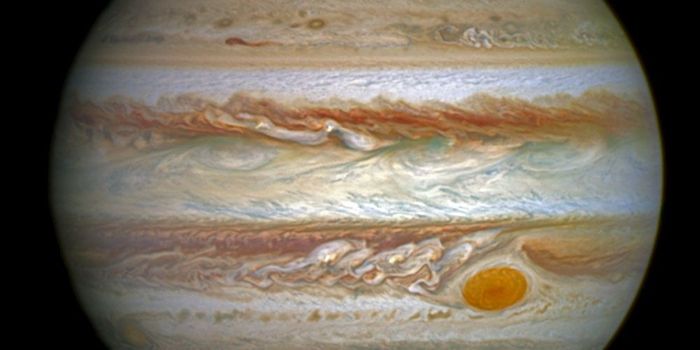First Images From NASA's TESS Mission Begin Rolling In
Following in the successful footsteps of NASA’s Kepler mission, the space agency’s brand-new Transiting Exoplanet Survey Satellite (TESS) mission has its work cut out for it. But will TESS give exoplanet-hunting astronomers precisely what they’re looking for?
NASA’s TESS mission formally commenced scientific operations just two months ago, but in an announcement last week, NASA proudly displayed a series of meticulous photographs of the Southern sky that TESS recently sent back to mission scientists.
Image Credit: NASA/MIT/TESS
The images, captured with all four of TESS’ wide-field camera systems during a 30-minute observation period on August 7th, depict a populated neighborhood of bright stellar objects. Among them, we see stars and exoplanetary systems, many of which are already known and have been extensively studied.
The two brightest objects in the images are the Large and Small Magellanic Clouds, which are the closest-known galaxies to the Milky Way. NASA also draws attention toward a globular cluster just above the Small Magellanic Cloud, known to astronomers as NGC 104/47 Tucanae.
“This swath of the sky’s southern hemisphere includes more than a dozen stars we know have transiting planets based on previous studies from ground observatories,” explained George Ricker, the TESS mission principal investigator.
Related: TESS spies a comet just before commencing scientific observations
Obviously, NASA isn’t using its brand-new TESS mission merely to gawk at already-known exoplanets and systems. Instead, astronomers hope that the next two years’ worth of transit observations will help them read between the lines and discover exoplanets that may have been overlooked previously.
After a comprehensive database of the sky is acquired, NASA will validate TESS’ findings with the upcoming James Webb Space Telescope, which will utilize spectroscopy as a means of studying distant worlds to understand their characteristics and habitability, among other things.
“We were very pleased with the number of guest investigator proposals we received,” said Padi Boyd, a TESS project scientist. “The science community are chomping at the bit to see the amazing data that TESS will produce and the exciting science discoveries for exoplanets and beyond.”
Related: Why does the James Webb Space Telescope keep getting delayed?
Without a doubt, it should be interesting to see how TESS will transform our knowledge of the universe. At this point, all we can do is wait for the results.
Source: NASA









